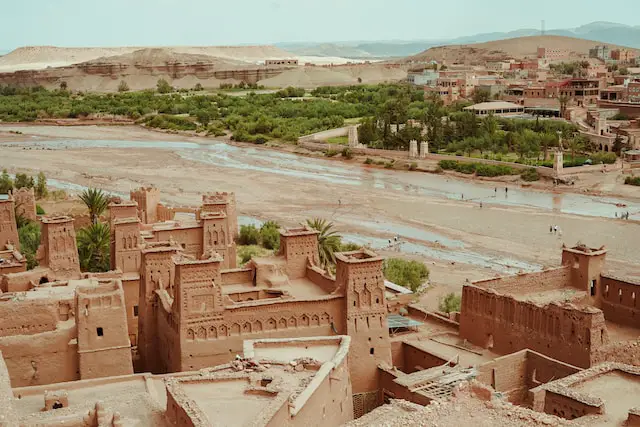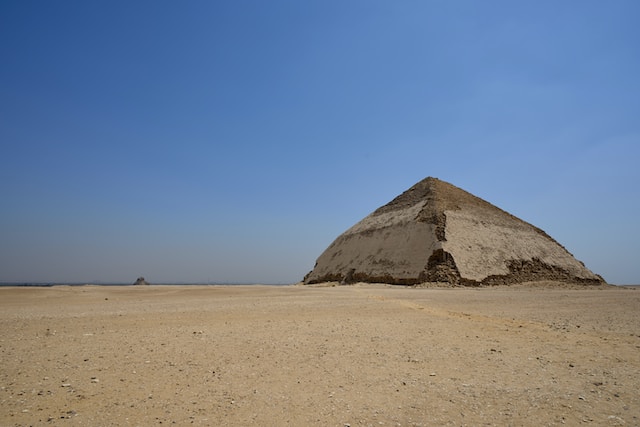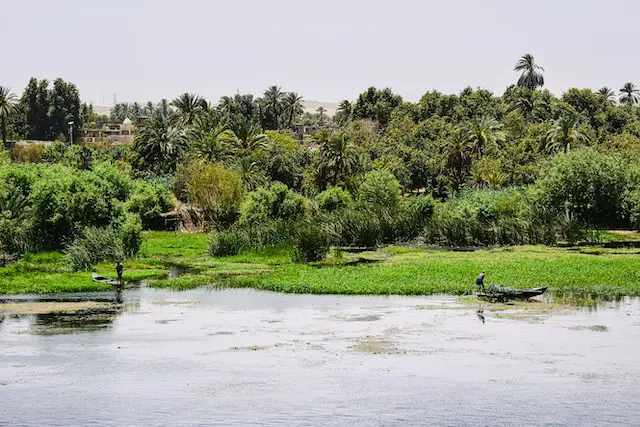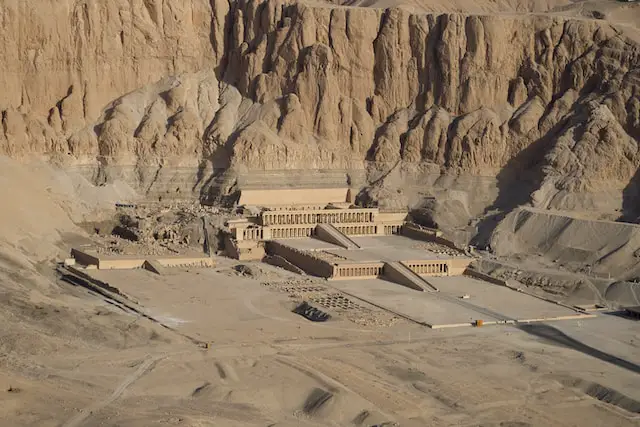
The Salt Trade of Ancient West Africa stands as a captivating testament to the region’s economic prowess and cultural exchange during antiquity.
This trade centered around the valuable commodity of salt, not only fueled economic growth but also facilitated significant cultural interactions among the diverse societies of the region.
In this article, we will journey through the historical corridors of Ancient West Africa to explore the intricate web of the salt trade, its significance, the routes, and the profound impact it had on the civilization of the time.
The Importance of Salt in Ancient West Africa
Understanding the value of salt
Salt, a seemingly humble mineral, held extraordinary significance in the ancient world.
Apart from being an essential ingredient for preserving food, salt was also valued for its health benefits and the role it played in religious ceremonies.
In Ancient West Africa, where the climate often posed challenges to food preservation, salt became an invaluable commodity that ensured the sustenance and well-being of communities.
Salt as currency
The scarcity of salt in certain regions of West Africa led to its use as a form of currency.
People would barter and trade goods for this precious mineral, further cementing its role as a cornerstone of economic activities in the region.
The salt trade established intricate economic relationships, enabling the exchange of various goods and fostering regional cooperation.
- Read also: African Mythology: Tales of Gods, Heroes, and Magical Creatures
- Read also: Africa in the Middle Ages: Exploring Empires, Achievements, and Falls

The Origins of the Salt Trade
Saharan salt mines
The Saharan region, renowned for the sprawling Sahara Desert, housed abundant salt mines that functioned as the primary source of trade.
The Berber tribes, dwellers of the Sahara, demonstrated exceptional aptitude in salt mining, tapping into the mineral’s vast potential and transporting it across the arduous desert expanse to meet the demands of distant markets.
Their resolute determination and resourcefulness propelled this extraordinary endeavor.
Camel caravans
Camel caravans, with their ability to endure the harsh conditions of the Sahara, emerged as the lifeline of the salt trade, revolutionizing transportation across the vast and unforgiving terrain.
These hardy beasts of burden, renowned for their resilience and strength, became the preferred mode of carrying salt and other valuable goods across the expansive desert.
With their unwavering determination, camel caravans forged vital connections, linking the remote inland regions of West Africa with the bustling North African coastal settlements, and facilitating trade and cultural exchange between these distinct regions.
The Salt Trade Routes
Trans-Saharan trade route
The Trans-Saharan Trade Route was the backbone of the salt trade in Ancient West Africa.
Extending from the Sahara Desert to the southern regions of the continent, this route facilitated the exchange of salt, gold, ivory, and other valuable commodities.
The salt-laden caravans journeyed through treacherous terrains, passing through oasis towns that sprouted along the route.
River Niger trade route
The River Niger, with its majestic flow, played a crucial role as a natural highway, facilitating extensive trade and commerce within the vibrant region of West Africa.
This lifeline served as a vital link, connecting the bustling coastal regions with the rich inland territories.
It not only enabled the smooth flow of essential commodities such as salt but also nurtured a flourishing exchange of goods and ideas, fostering vibrant trade networks and cultural interactions among diverse communities along its shores.

The Societal Impact of the Salt Trade
Economic prosperity
The salt trade, a vital economic activity, played a pivotal role in shaping the prosperous civilizations of Ancient West Africa.
Through the exchange of salt and other valuable commodities, trading communities experienced remarkable growth, leading to economic prosperity and the flourishing of vibrant cities.
This surge in wealth not only contributed to the development of powerful kingdoms but also fostered cultural exchange and innovation, leaving a lasting impact on the region’s history.
Cultural exchange
As traders embarked on their arduous journeys along the ancient salt trade routes, they acted as conduits, not merely transporting valuable goods but also facilitating the exchange of ideas, traditions, and cultural practices.
This vibrant cultural interchange permeated the social fabric of the region, giving rise to an array of expressive art forms, awe-inspiring architectural styles, and intricate religious practices that continue to captivate and inspire even today.
The Decline of the Salt Trade
Shifts in trade routes
As the sands of time flowed, trade routes gradually shifted their paths, leading to the ascendancy of maritime trade.
New trade networks emerged, accompanied by the utilization of alternative commodities, which precipitated a decline in the once-dominant salt trade of West Africa.
The ever-evolving nature of trade dynamics played a decisive role in shaping the region’s economic landscape during that epoch.
Legacy and historical significance
As the salt trade gradually receded from prominence, its legacy found abode in the annals of remembrance and historical archives.
This trade transcended the mere scope of contributing to the economic prosperity of Ancient West Africa; it also profoundly influenced the fabric of culture and the intricate dynamics of politics in the region.
The salt trade’s impact extended beyond just the establishment of trade routes; it facilitated profound cultural exchanges and provided fuel for the ascendancy of mighty empires.
The indelible imprint of the salt trade remains etched in the chronicles of the region’s history, an everlasting reminder of its far-reaching influence and significance.

- Read also: 10 Fascinating Ancient History Facts
- Read also: Top 10+ Black History Facts You Need to Know
Conclusion
The Salt Trade of Ancient West Africa stands as a remarkable testament to the ingenuity and resilience of the people of the region.
For centuries, the trade of this essential mineral not only fueled economic growth but also served as a catalyst for cultural exchange and societal development.
As caravans traversed vast deserts and treacherous terrains, they not only transported salt but also carried with them ideas, traditions, and beliefs.
The exchange of goods and knowledge enriched the tapestry of West African societies, fostering connections and forging bonds between diverse communities.
Today, as we reflect on this fascinating chapter of history, we are reminded of the enduring significance of trade and commerce in shaping civilizations and fostering interconnectedness among cultures.
FAQs
The primary goods traded in the salt trade of Ancient West Africa were salt, gold, ivory, and various other valuable commodities.
Camels revolutionized the salt trade by becoming the preferred mode of transportation across the harsh Sahara Desert, enabling the transportation of salt and other goods over long distances.
The main trade routes for the salt trade in Ancient West Africa were the Trans-Saharan Trade Route and the River Niger Trade Route.
Salt was valued as currency in Ancient West Africa due to its scarcity in certain regions and its importance for food preservation and health.
The salt trade led to economic prosperity and cultural exchange among the diverse communities of Ancient West Africa.



